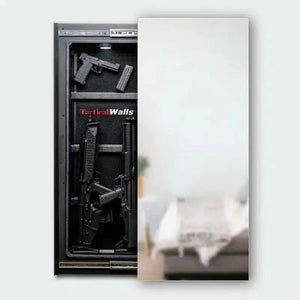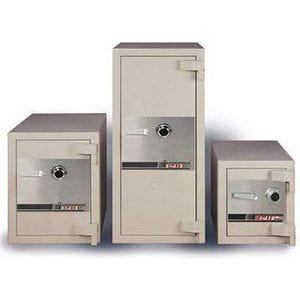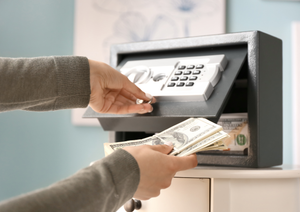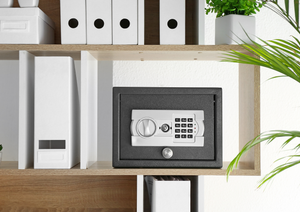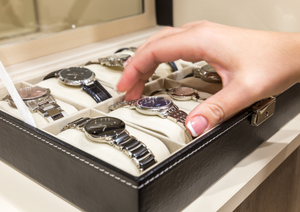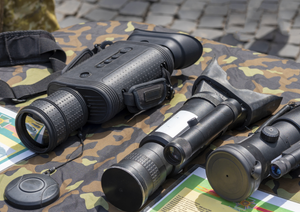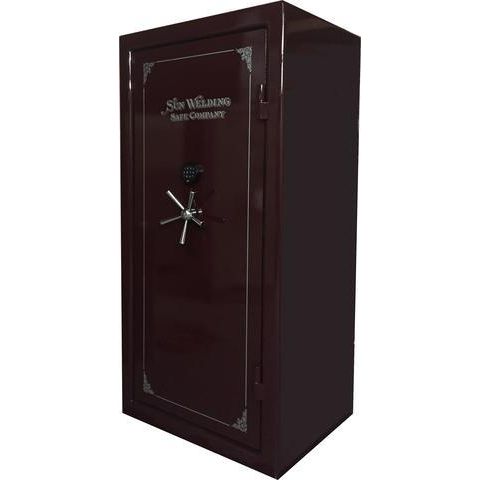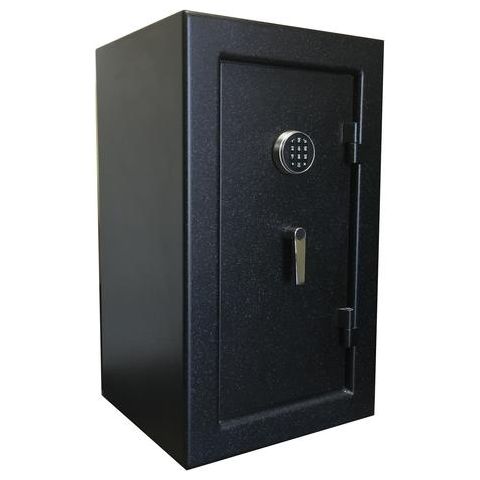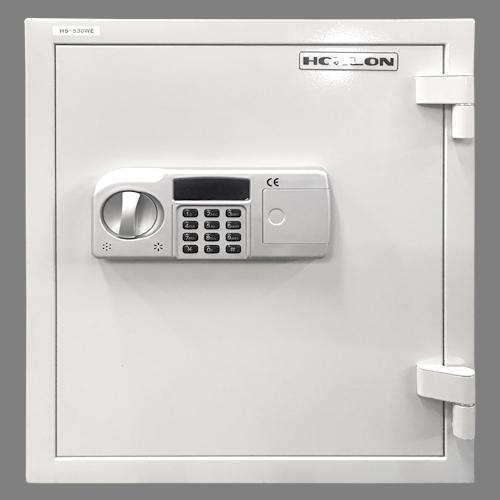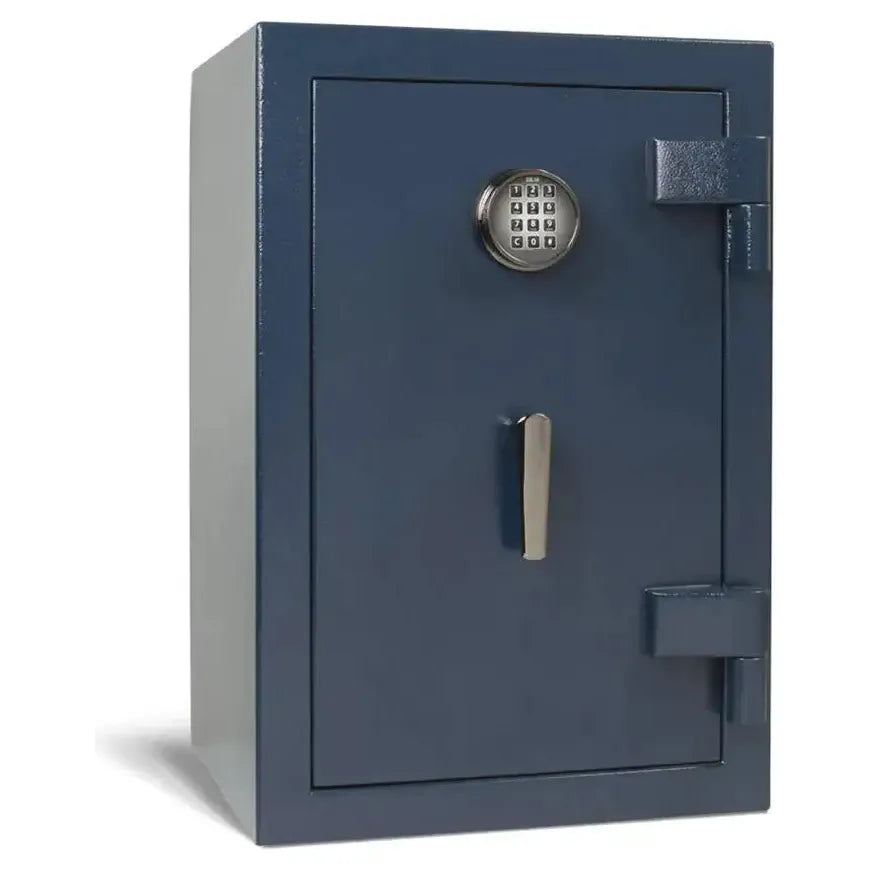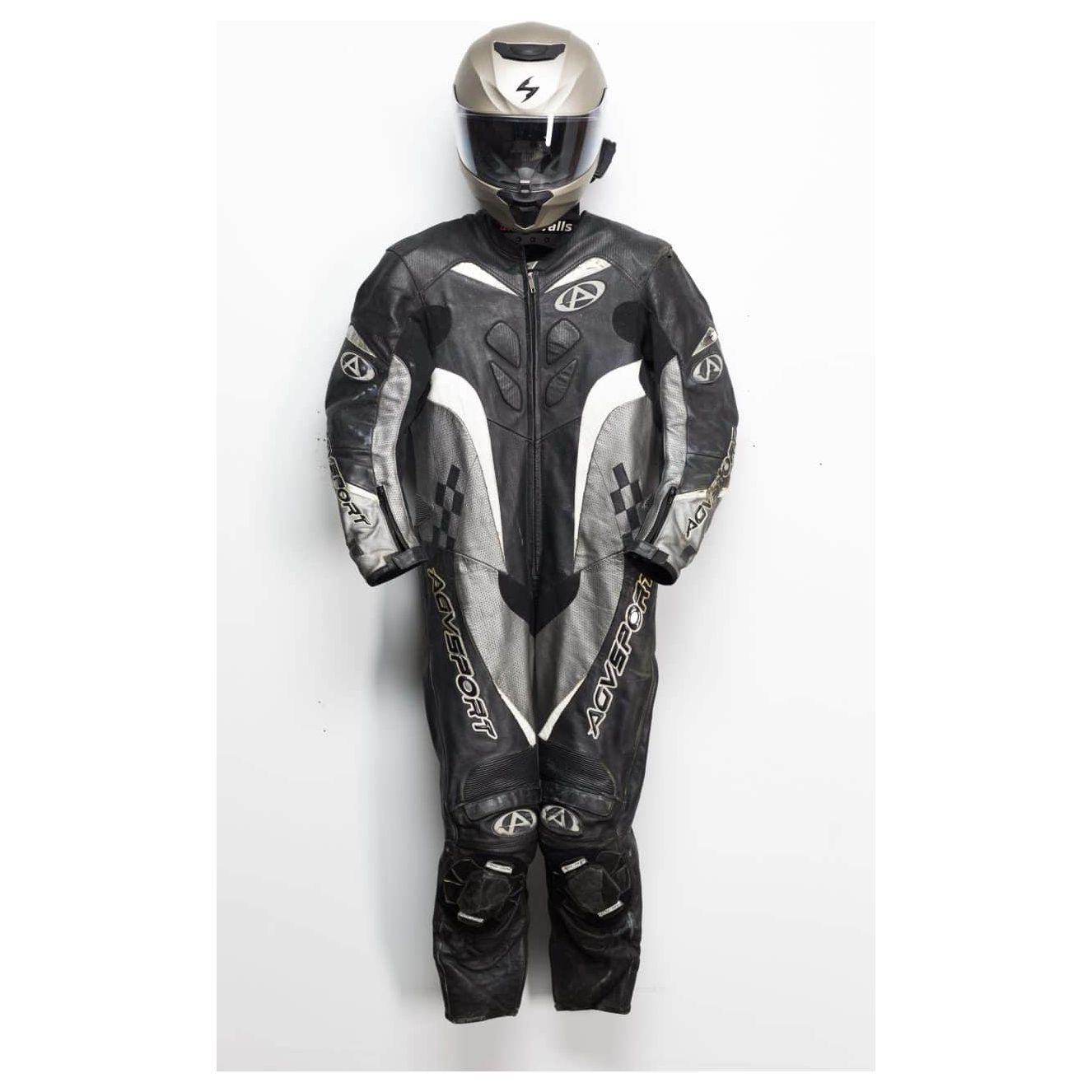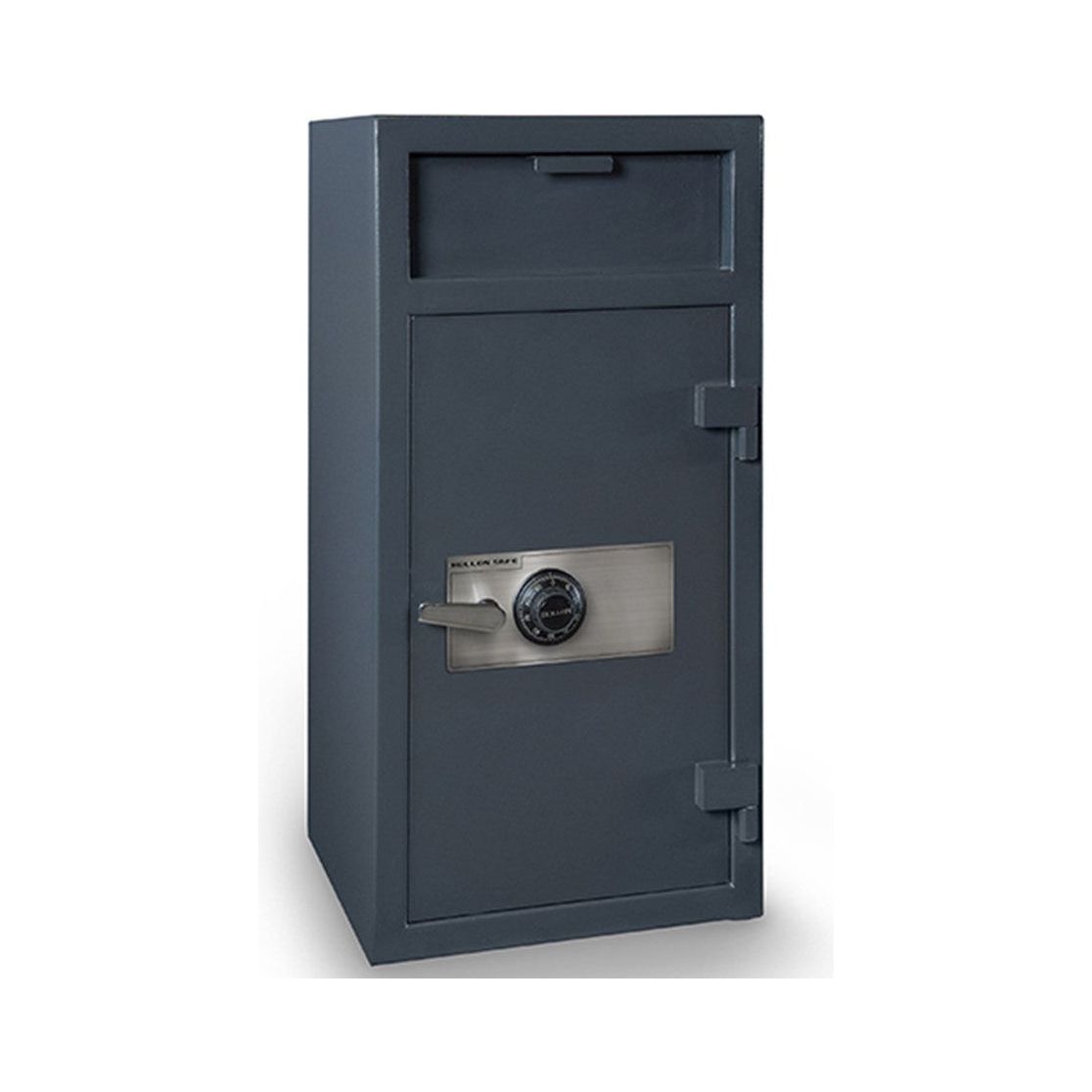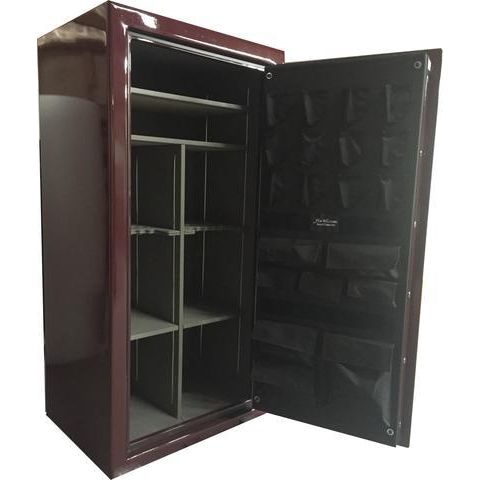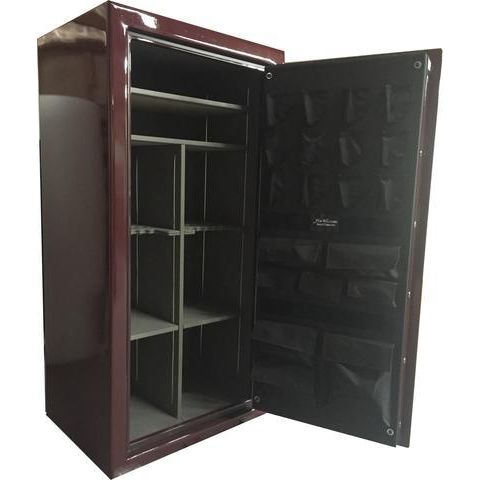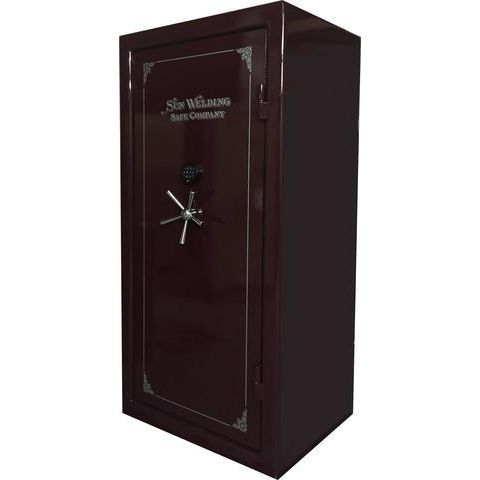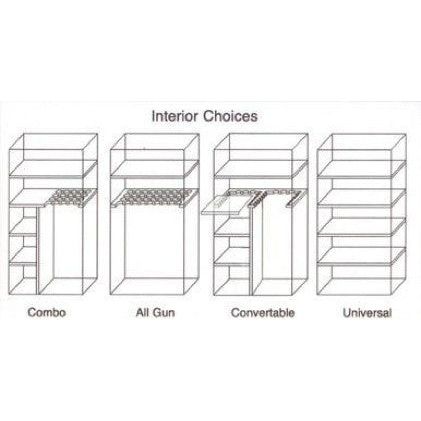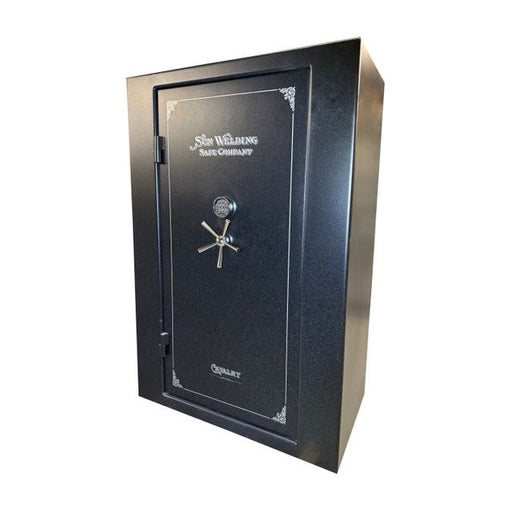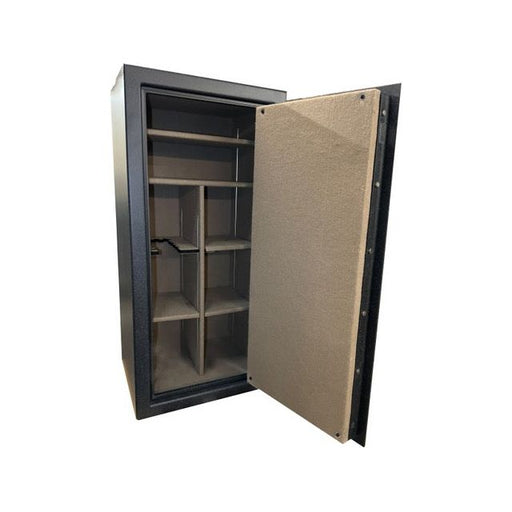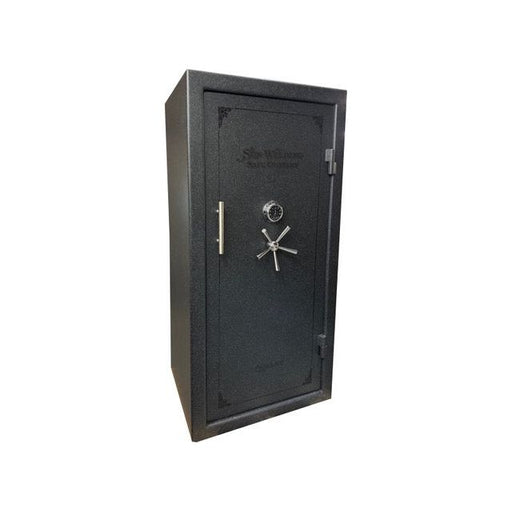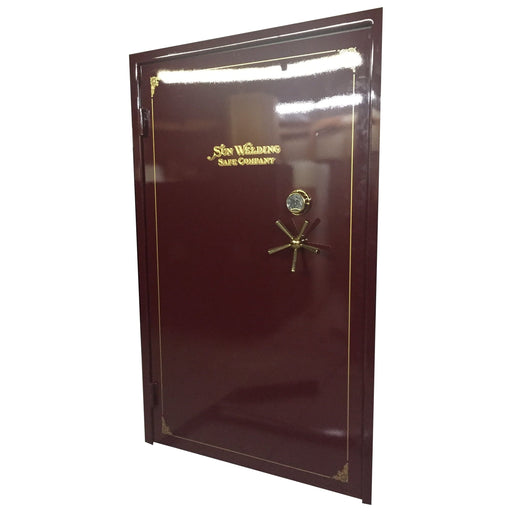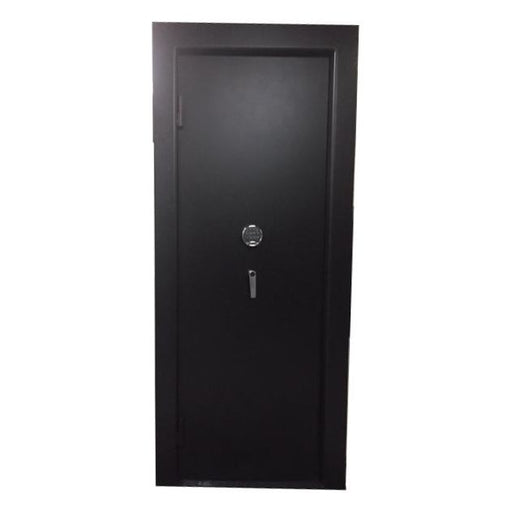When it comes to securing valuables, safes are a top choice for many individuals and businesses alike. While these secure containers are designed to protect your items from theft, fire, or damage, they can also lead to unintentional mistakes that can compromise their effectiveness. In this article, we will explore common mistakes people make when using safes and how to avoid them. Let's dive in and ensure your valuables are as secure as possible!
Ignoring the Importance of Safe Placement
One of the first decisions you need to make when investing in a safe is where to place it. Ignoring the importance of safe placement can significantly decrease your level of security. Here are a few things to consider:
Accessibility
Your safe should be located in a place that is not easily accessible to intruders. If you can find it quickly, so can they. Avoid placing your safe in conspicuous locations such as the master bedroom or the living room. Instead, consider placing it in less obvious areas of your home or office.
Stability
Make sure to secure your safe to a solid surface. If a thief can easily move the safe, it increases the likelihood of them accessing its contents. Anchoring your safe to the floor or wall can prevent it from being easily removed.
Overloading Your Safe
Another common mistake is overloading your safe. Safes have weight limits and exceeding those can cause the safe to malfunction or become difficult to open. Here’s how to avoid this pitfall:
Prioritize Valuables
Carefully consider what you place inside your safe. Focus on storing the most important items such as documents, jewelry, and electronic devices. By prioritizing your belongings, you can avoid surpassing the weight limit.
Check Manufacturer Recommendations
Refer to your safe's owner manual for weight limits and storage recommendations. Adhering to these guidelines will not only enhance your safe's performance but also ensure its longevity.
Neglecting Regular Maintenance
Just like any other appliance, safes require regular maintenance to operate effectively. Neglecting regular maintenance can lead to unwanted surprises. Here are some tips for upkeep:
Check the Lock Mechanism
Regularly test your safe's locking mechanism to ensure it operates smoothly. Over time, locks can become jammed or malfunction, potentially leaving you locked out of your own safe. It’s best to address these issues sooner rather than later.
Keep it Clean
Dust and debris can accumulate over time, affecting the performance of your safe. Gently clean the safe exterior and interior periodically, making sure to avoid using strong chemicals that could damage the surfaces.
Failing to Customize Security Settings
Many safes come with customizable security features. Failing to take advantage of these settings can significantly reduce the security of your safe. Consider the following:
Set Strong Combinations
If your safe uses a combination lock, ensure you choose a strong, complex combination that isn't easily guessed. Avoid using easily accessible personal information like birth dates or anniversaries.
Use Multiple Access Methods
If your safe allows multiple access options, consider using them. For instance, if it has a keypad, you may also want to have a backup key just in case you forget the code.
Not Considering Fire and Water Resistance
Many people mistakenly believe that safes are impervious to all dangers. Not considering fire and water resistance can lead to potential loss. Here's how to ensure your items stay protected:
Choose the Right Safe Type
When selecting a safe, investigate the fire and water resistance ratings. These ratings indicate how long the safe can endure extreme temperatures or water exposure. Make sure to choose a safe that meets your needs.
Location Matters
Even the best safes can fail if placed in a vulnerable position. Avoid placing your safe in areas prone to water damage, such as basements or near plumbing. Elevate the safe above ground level or in a secure cabinet.
Rushing Into a Purchase
Rushing into a safe purchase can lead to regrettable decisions and a lack of security. Take your time to research and evaluate your options. Here’s why this is essential:
Understanding Your Needs
Before purchasing a safe, clearly identify what you need to protect and the risks involved. Different items require different levels of protection – knowing this helps you select the best option.
Research Brands and Models
Not all safes are created equal. Take the time to research various brands and models to find the one that best suits your requirements. Reading reviews and comparisons can be beneficial in making an informed decision.
Failing to Inform Trusted Individuals
Another mistake people make is not informing trusted family members or employees about the safe's existence or access code. This can be risky in emergencies when you may be unable to access the safe on your own. Here’s how to navigate this concern:
Choose Trusted Contacts
Decide on a few trusted individuals who can access your safe in case of an emergency. Provide them with clear instructions on how to access it, ensuring they understand the importance of discretion.
Document Access Information
Keep a secure, written record of your safe's access information in a location that only authorized users can find. This will provide peace of mind in the event of an emergency when time is of the essence.
Not Using a Safe as Part of a Comprehensive Security Plan
A safe is not a standalone security solution; it should be part of a larger security strategy. Here’s how you can enhance your security:
Layered Security Measures
Implement multiple layers of security. This can include alarm systems, security cameras, and strong locks on entry points. By combining these elements with a safe, you create a formidable security system.
Regular Security Audits
Conduct regular security audits to identify vulnerabilities in your overall security plan. Review your safe’s effectiveness and make necessary adjustments to enhance your protection strategy.
Keep the Safe Code Change Frequent
Lastly, many individuals make the common mistake of keeping the same combination for years. Changing your safe code at regular intervals is a best practice for maintaining security. Here’s why:
Reducing Predictability
Changing your access code periodically reduces the chances that someone might figure it out. This is especially crucial if you have shared access to the safe with multiple individuals.
Emergency Access Protocol
If for any reason you suspect that your access information may have been compromised, don’t hesitate to change it immediately. Regularly review access protocols to ensure ongoing security.
Secure Your Peace of Mind
Understanding and avoiding these common mistakes when using safes will help enhance the security of your valuables significantly. Remember that a safe is only as effective as how you use it! By keeping these strategies in mind and practicing diligent safeguarding measures, you can secure your items for years to come. Protecting your valuables is not just about purchasing a safe - it is about being educated and proactive about its usage and upkeep. So, take these tips to heart and create a well-rounded plan that ensures your valuables remain safe and secure!


